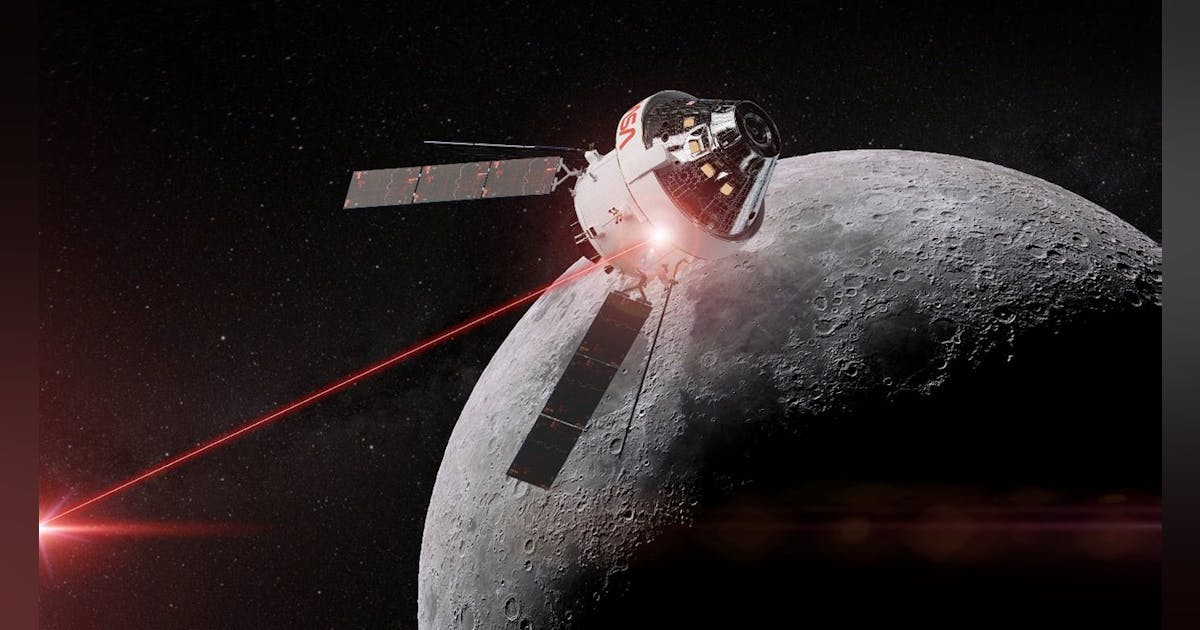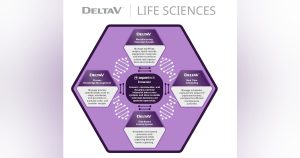NASA and ANU Team Up for Artemis II: Ushering in a New Era of Lunar Laser Communications
The Artemis II mission represents more than just NASA’s next bold step toward the Moon; it marks a revolutionary change in space communication. In a groundbreaking collaboration, NASA and the Australian National University (ANU) aim to make history by trialing advanced lunar laser communications during the first crewed Artemis voyage around our lunar neighbor. This article provides an informative guide on what’s happening, why it’s significant, and how it might transform space exploration forever.
Why This Mission Is a Game-Changer
Returning to the Moon involves far more than symbolic flag-planting or rock collection. Future missions require rapid, secure, and reliable exchanges of vast data—like 4K video, high-res images, real-time scientific analysis, and even personal communication with Earth-based family. The conventional radio waves traditionally used since the Apollo era simply can’t keep up. Optical, or laser communications, represent the solution. Instead of radio signals, Artemis II will use concentrated infrared light beams to send data between the Moon and Earth, offering a leap analogous to adapting telegraphs into high-speed fiber-optics. This approach could enable data transfers 10 to 100 times faster than traditional methods, paving the way for richer, more immediate communication during deep space missions.
How the Laser Link Works
Laser communication, also known as “optical communication,” employs uniquely modulated light beams—targeted, efficient, and less prone to interference compared to radio signals. Here’s why this methodology is crucial:
- Higher Data Rates: Previous demonstrations, like the LLCD, have achieved up to 622 Mbps from lunar distances, far surpassing traditional radio frequency capabilities.
- Tighter Beam, Less Power: The precision of laser beams implies less “wasted” signal and allows secure, targeted transmissions.
- Smaller Equipment: Optical systems are more compact—critical when every kilogram on a launch matters.
- Commercial Components: NASA’s team at the Glenn Research Center has proven robust space communications equipment can be built from cost-effective, commercially available parts, lowering the financial barriers for future missions.
Imagine astronauts transmitting sharp HD video logs, scientists uploading lunar data nightly, or live Moonwalks—all feasible through these advancements.
The Role of ANU and Australian Innovation
This mission is not solely a NASA venture. The Australian National University plays a pivotal role, utilizing its expertise in physics, optics, and innovative engineering. Supported by the Australian Space Agency and local tech firms, ANU is crucial in developing ground-based optical stations necessary for the systems aboard Artemis II.
What’s Happening Down Under?
- ANU is constructing a state-of-the-art optical ground station near Canberra, equipped with cutting-edge technology to securely capture faint signals over 384,000 km of space.
- The system won’t only receive data from the Moon but can transmit control signals and software updates back to the Orion spacecraft, essential for supporting complex missions.
- This venture isn’t just showcasing Australian skills—it’s the nation’s most considerable involvement in a NASA crewed mission since Apollo 11.
What’s at Stake for Artemis II?
For Artemis II, the primary crewed test of this technology from deep space involves four astronauts aboard NASA’s SLS rocket and Orion capsule, embarking on a 10-day lunar journey. This mission is more ambitious than Apollo 8 and features the lunar laser link experiment, with potential ramifications for all subsequent spaceflights.
Potential Outcomes and Implications:
- Successful communications testing will confirm commercial-grade laser systems can function in deep space, leading to larger lunar bases and Mars missions.
- This technology may accelerate data transfer capacity for lunar rovers, surface habitats, and even create internet-like networks necessary for sustainable space economy growth.
- Instant, high-bandwidth connections support telemedicine, VR astronaut training, and near-real-time collaborative scientific endeavors with Earth teams.
Expert Tips: Why Optical Beats Radio in Space
- Bandwidth Crunch: The radio spectrum is crowded, while lasers operate in sparsely used spectrums, reducing data congestion significantly.
- Precision Security: Lasers’ tight focus reduces interception or jamming risks, which is crucial as space operations become more international and competitive.
- Scalability: Optical systems can scale, upgrade, and network more effectively than RF systems, often at lower costs.
Real-World Impact: From Mars to the Movies
The famed line from “The Martian” about “sciencing the hell” out of things is now a reality. As missions to the Moon and Mars grow more frequent, high-speed data links become vital. They enable astronauts to share scientific breakthroughs, allow engineers to resolve issues, and connect Earth audiences with the marvels of space. The Artemis II test, though it feels like sci-fi, could initiate the most significant surge in off-world communication since the inaugural lunar echo.
Behind the Scenes: The People Powering the Vision
These technological strides stem from collaboration and visionary teamwork. NASA Glenn Research Center in Cleveland pioneers the laser system, while ANU’s laser communication team unites photonics, astronomy, and systems engineering talents. Australian tech startups, such as Liquid Instruments, ensure national ingenuity contributes to the lunar spotlight, particularly in constructing the ground station and support infrastructure.
It’s a global village moment—science fiction morphing into reality via passionate contributors from across continents.
Looking Ahead: The Future of Deep Space Communication
If all proceeds as expected, Artemis II’s lunar laser communication is merely the beginning. The Artemis program looks to establish permanent lunar infrastructure, with optical communications forming the backbone for Moon-based data-intensive research. Moreover, this tech stack is critical for Mars missions, addressing radio delays and extensive data needs. Much like Apollo’s plethora of spinoffs, the Artemis II developments in lasers, optics, and rapid data transfer could revolutionize Earth’s own networks, from global internet backbones to potent government and medical communications.
In a Nutshell: Why You Should Care
This isn’t solely an engineering marvel or a quixotic sci-fi quest—it’s a glimpse into a future where lunar voyages become routine, Mars missions feasible, and future generations may even livestream their lunar experiences.
Laser communication is the ticket to that future. Thanks to the collaborative efforts of NASA, ANU, and the global scientific community, we’re nearing a reality where “light-speed” Earth-Moon communications become commonplace.
As Artemis II blazes new paths in space, directing literal laser communication towards us, recognize that it signifies not merely the next exploration chapter, but the dawn of a new era in cosmic connectivity.
“Australia’s upcoming lunar experiment could showcase the capability, affordability, and reproducibility of the deep space receiver engineered by Glenn. It’s an important step in proving the feasibility of using commercial parts to develop accessible technologies for sustainable exploration beyond Earth.”
— Jennifer Downey, NASA Glenn Research Center
Stay tuned: the next message from the Moon may reach you at the speed of light.













